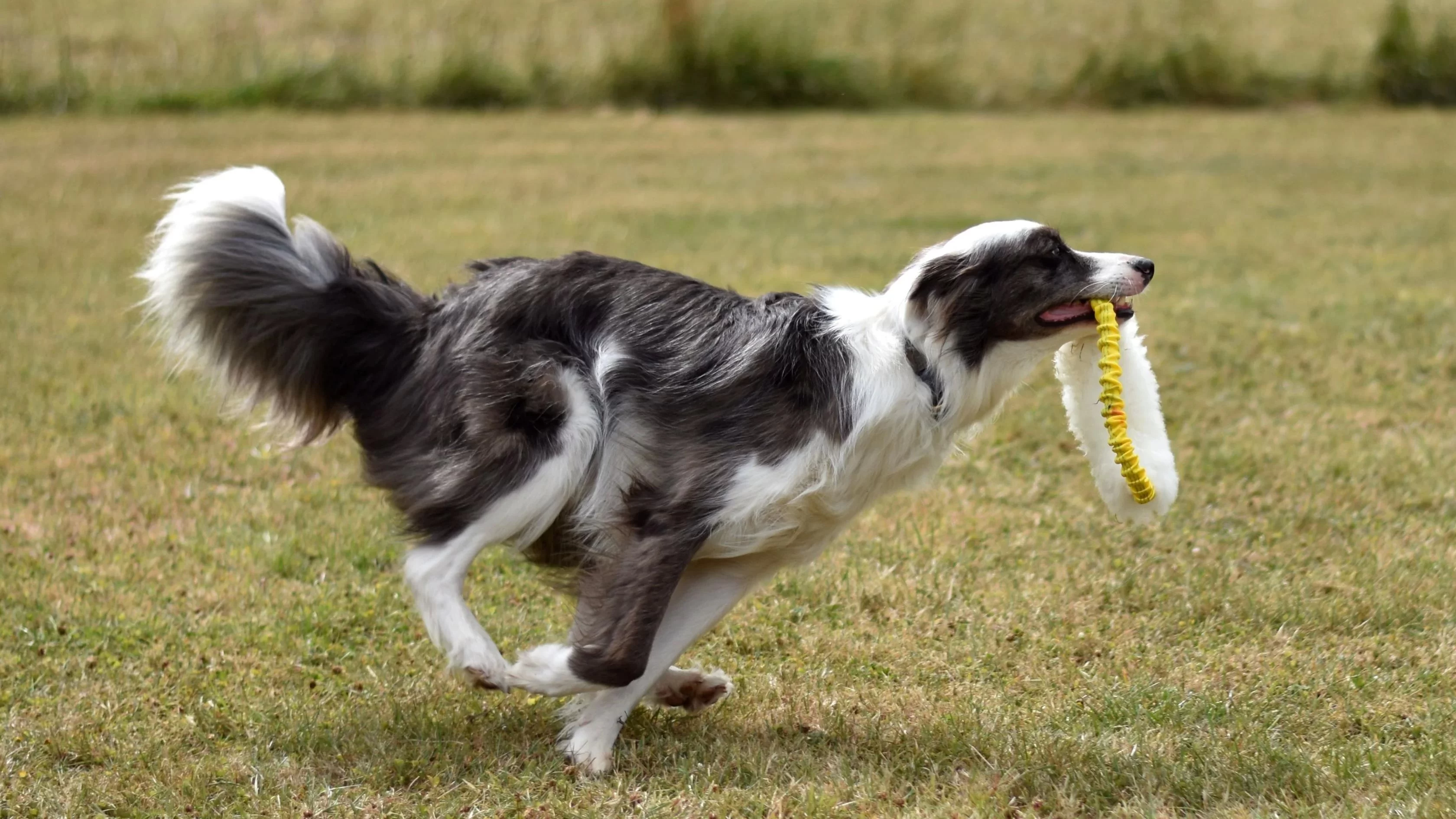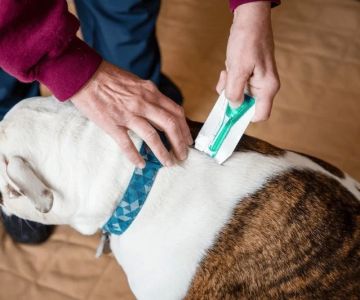How to Teach Your Dog to Fetch
- Why Fetch is Important for Your Dog
- Step-by-Step Guide to Teaching Fetch
- Common Challenges in Fetch Training
- How to Make Fetch Fun for Your Dog
- Visit Hidden Brook Veterinary for Expert Tips
Why Fetch is Important for Your Dog
Teaching your dog to fetch is not just a fun game; it's an essential form of exercise and mental stimulation. Dogs are natural hunters and enjoy activities that engage their minds and bodies. Fetch provides physical exercise that helps keep your dog fit, while also encouraging mental focus and coordination. Additionally, playing fetch strengthens the bond between you and your dog, building trust and improving their obedience. A dog that knows how to fetch is also more likely to enjoy other training sessions and outdoor activities.
Step-by-Step Guide to Teaching Fetch
1. Start with a Toy Your Dog Loves
The first step in teaching fetch is to introduce a toy your dog finds exciting. It could be a ball, a stick, or a squeaky toy—something that grabs their attention and motivates them to chase it. If your dog isn’t immediately interested, try a few different toys until you find one that sparks their curiosity.

5 Market Point Dr, Greenville, SC 29607, USA
See Details2. Use Positive Reinforcement
Dogs learn best when they are motivated by rewards. When your dog picks up the toy or shows interest in it, immediately praise them and offer a treat. Positive reinforcement encourages your dog to associate fetching with something enjoyable, making them more likely to want to participate again.
3. Encourage Them to Bring the Toy Back
After your dog has successfully chased the toy, the next challenge is getting them to bring it back. Use a friendly, encouraging tone to call your dog to return the toy. If your dog drops the toy nearby, reward them and repeat the process. Over time, they will begin to understand that fetching involves both bringing the toy back and chasing it.
4. Keep Sessions Short and Positive
Be sure to keep training sessions short and positive. Dogs can get bored or frustrated if the session goes on too long. Aim for 10-15 minute sessions, with lots of praise and rewards. If your dog gets tired or frustrated, end the session on a positive note, so they look forward to the next one.
Common Challenges in Fetch Training
While teaching your dog to fetch can be a rewarding experience, it doesn't always go smoothly. Some dogs may have difficulty grasping the concept of bringing the toy back, while others may get distracted by their surroundings. Here are a few common challenges you might face:
1. Dog Won’t Bring the Toy Back
This is one of the most common issues. If your dog runs after the toy but doesn't bring it back, try using multiple toys or offering treats as a reward for returning the toy. You may also need to engage your dog with more enthusiasm or use a leash to gently guide them back to you.
2. Short Attention Span
If your dog has a short attention span, you may need to keep sessions more frequent but shorter. Gradually increase the length of time as your dog becomes more comfortable with the game.
3. Fear of the Toy
Some dogs may be afraid of certain toys, especially if they are loud or make unusual noises. Start with a quieter, softer toy and slowly introduce more challenging toys once your dog is comfortable with the game.
How to Make Fetch Fun for Your Dog
To ensure your dog enjoys fetch, try varying the location and environment. For example, playing fetch in different areas like the park or your backyard can add excitement and novelty. You can also change up the toys to keep things interesting. Additionally, playing fetch with other dogs can help motivate your dog to participate, as they often learn by watching their peers. Remember to mix in a little bit of playfulness, such as gently tugging on the toy before tossing it or using a variety of throwing techniques to make the game more exciting.











